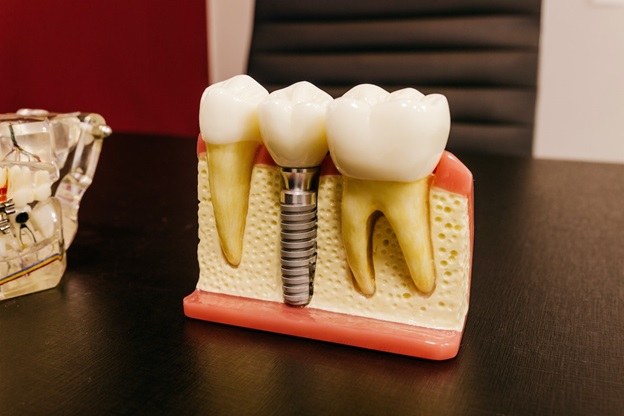Have you recently experienced a dental infection? That can’t have been fun, to say the least!
Typically, when someone has had a dental infection or a dental abscess, there are two choices for treatment. If the tooth is severely decayed, then the dental team will need to remove it. However, if it is a deep cavity and the tooth can be preserved, then a root canal is the way most dental teams will go.
A root canal, a term that often invokes fear and apprehension in dental patients, is one of the most misunderstood and misrepresented dental procedures. When the words ‘root canal’ are uttered, the immediate association with pain and discomfort often overshadows the significant benefits and life-saving potential of this dental treatment. However, with advancements in modern dentistry and state-of-the-art techniques, root canals have evolved into highly effective and virtually painless procedures that can alleviate excruciating dental pain and preserve natural teeth.
In this comprehensive introduction to root canals, the intricacies of the procedure will be explored. The article will also debunk common misconceptions about root canals and shed light on their crucial role in maintaining oral health and overall wellbeing.
Understanding the anatomy of a tooth
Before delving into the intricacies of root canals, it is essential to grasp the basic anatomy of a tooth, as explained by a dentist Meath. Each tooth consists of two main parts. Firstly, there is the crown, which is the visible portion of the tooth that is above the gum line. Then, there is the root, which anchors the tooth beneath the gums to the jawbone. Within the tooth’s root lies a space known as the root canal, which houses vital soft tissue called dental pulp. The pulp of a tooth is a collection of the blood vessels, the nerves, and connective tissues that nourish the tooth during its growth and development.

When does a root canal become necessary?
The dental pulp, though crucial during tooth development, can become vulnerable to infection and inflammation due to deep cavities, cracks, fractures, or traumatic injuries. When bacteria penetrate the dental pulp, an infection can occur, leading to severe pain, sensitivity, and swelling. If left untreated, the infection can progress, causing an abscess, bone loss, and even the loss of the affected tooth. A root canal procedure becomes necessary to remove the infected pulp, disinfect the root canal space, and ultimately save the tooth from extraction.
Dispelling the myths
Root canals have earned a notorious reputation over the years, often associated with extreme pain and discomfort. However, it is crucial to dispel these myths and replace them with factual information. Advancements in dental technology, such as local anaesthesia, refined instruments, and improved techniques, have transformed root canals into comfortable and relatively pain-free experiences. Dentists today prioritise patient comfort, ensuring a seamless procedure and swift recovery. Root canals aim to alleviate pain, not cause it, and are a key component of modern dentistry’s commitment to preserving natural teeth.
The root canal procedure
A root canal procedure typically follows a set pattern.
The dental team examines the tooth and reviews X-rays to determine the extent of the infection and assess the need for a root canal.
Before commencing the procedure, the dental practitioner administers local anaesthesia to numb the affected area, ensuring a painless experience.
Once the area is numb, the dental team creates a small access point in the tooth and carefully removes the infected dental pulp.
The dental team then cleans the root canal space thoroughly, removing any remaining debris and bacteria. The canal is then shaped to prepare it for the filling material.
The cleaned and shaped root canal is filled with a biocompatible material called gutta-percha, which seals the space and prevents reinfection.
After the root canal procedure, a temporary filling is placed on the tooth to protect the treated area. In some cases, a dental crown may be recommended to provide additional strength and protection to the tooth.
It is advisable not to eat anything too hard immediately after a root canal, and if you are going to have your teeth whitened, you may need to delay the process for a few months due to dental sensitivity.

The benefits of root canals
Root canal treatment offers several significant benefits.
For instance, by removing the infected pulp and addressing the underlying issue, root canals alleviate severe dental pain.
Preserving the natural tooth through a root canal is always preferable to extraction, as it maintains proper dental function and aesthetics.
A root canal effectively eliminates the source of infection, preventing it from spreading to other teeth or causing further complications.
Root canals contribute to overall oral health and help maintain a beautiful smile, allowing patients to enjoy their favourite foods and speak without discomfort.

